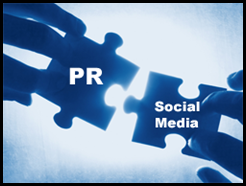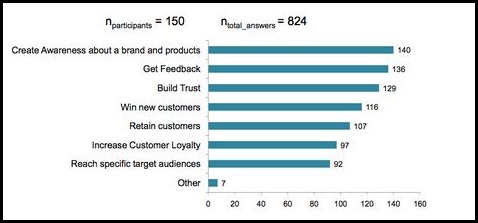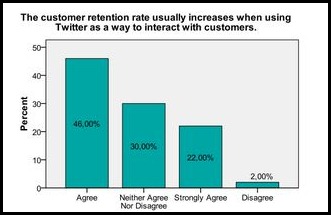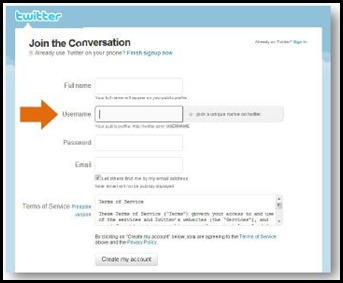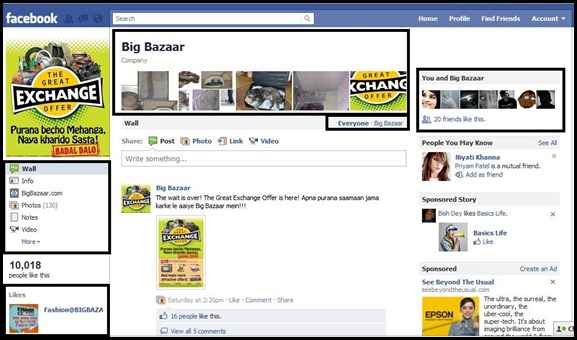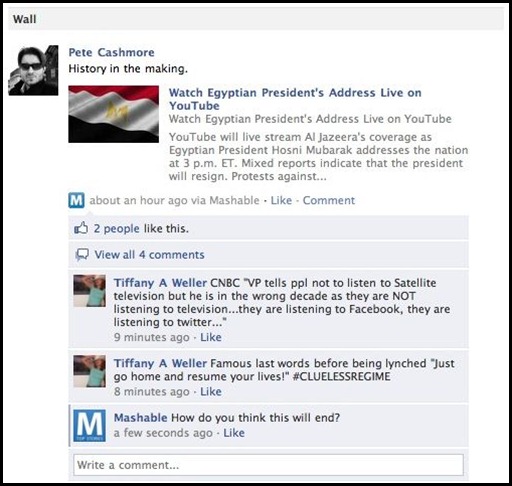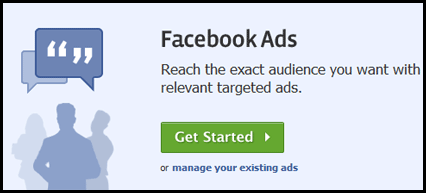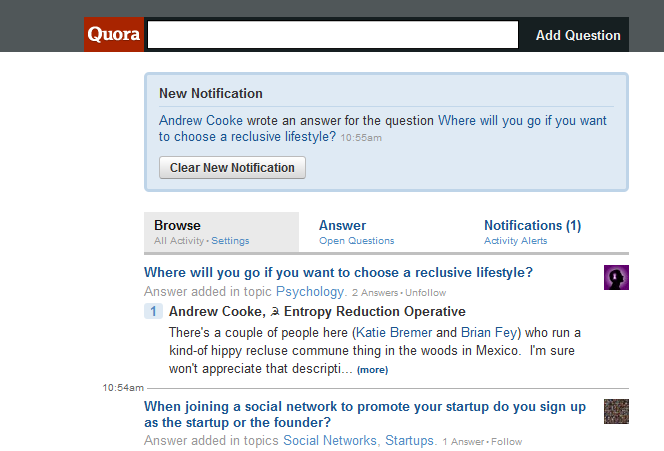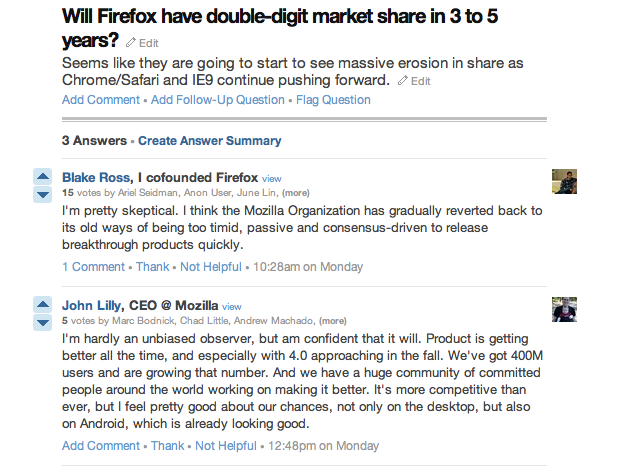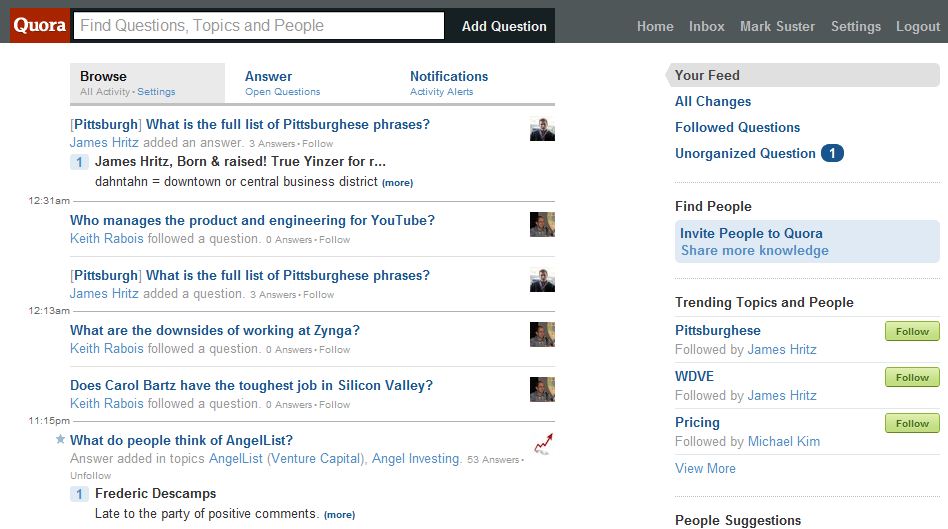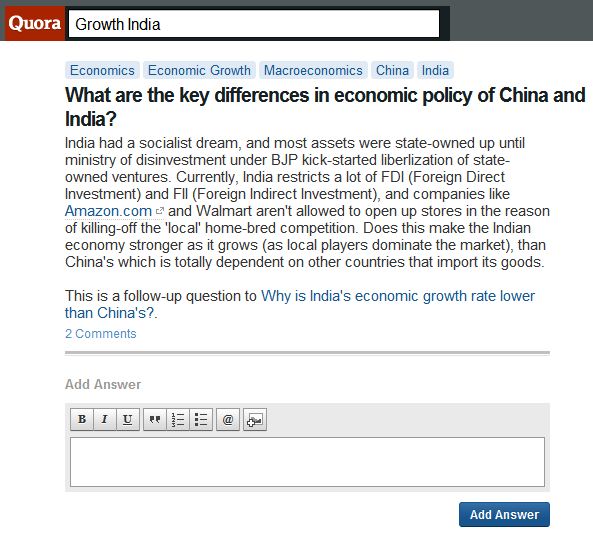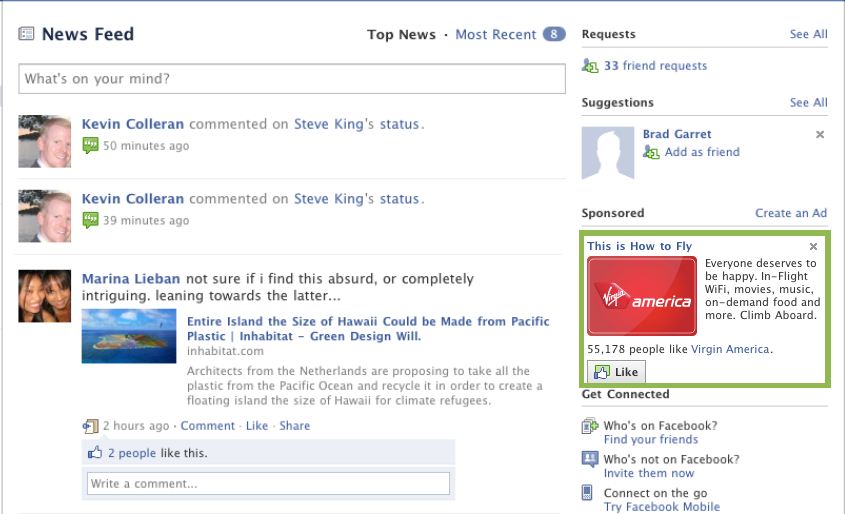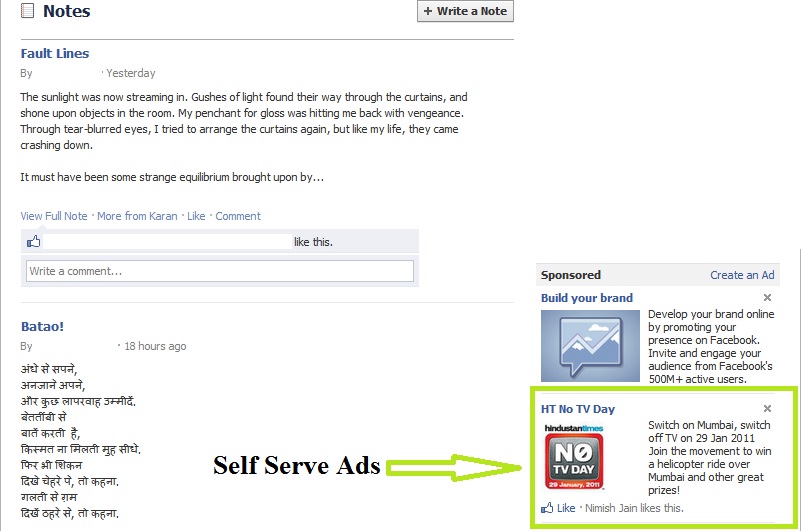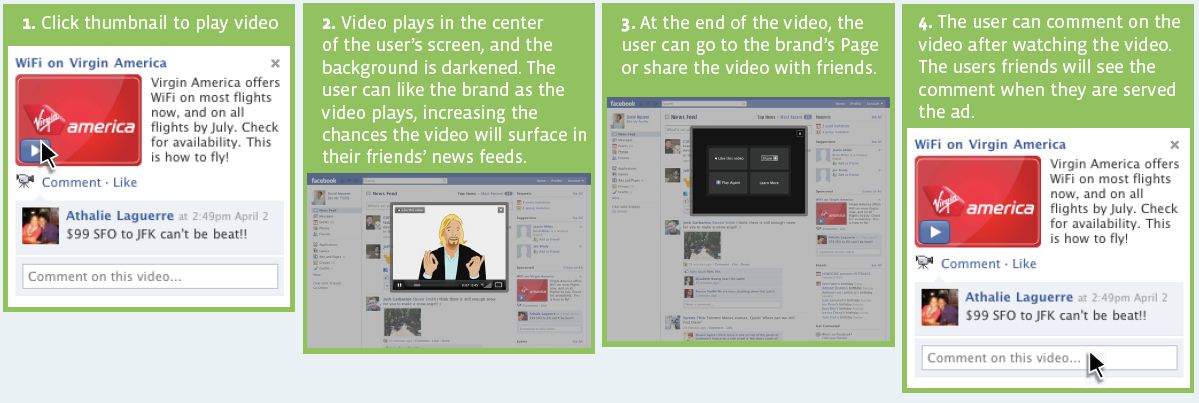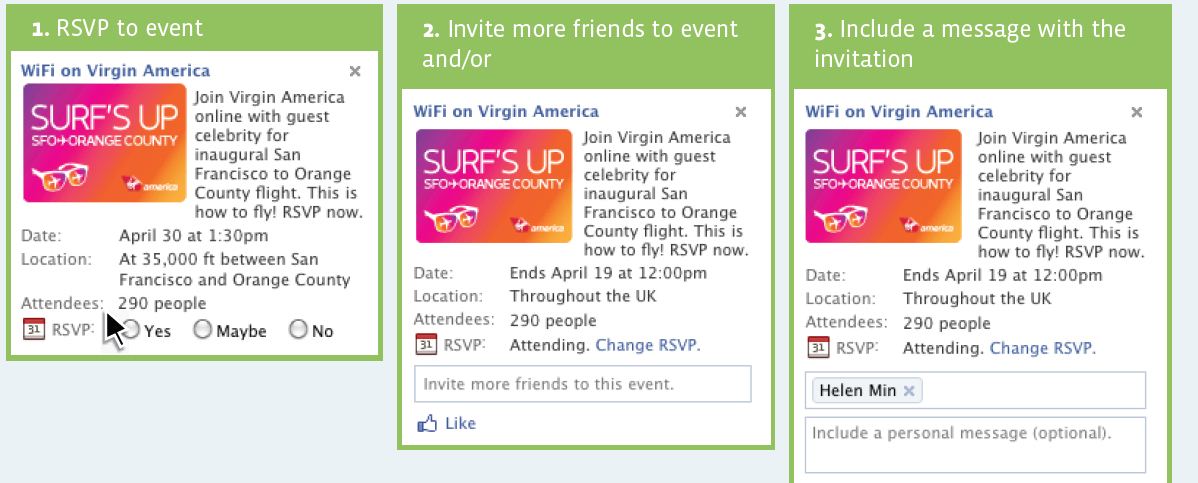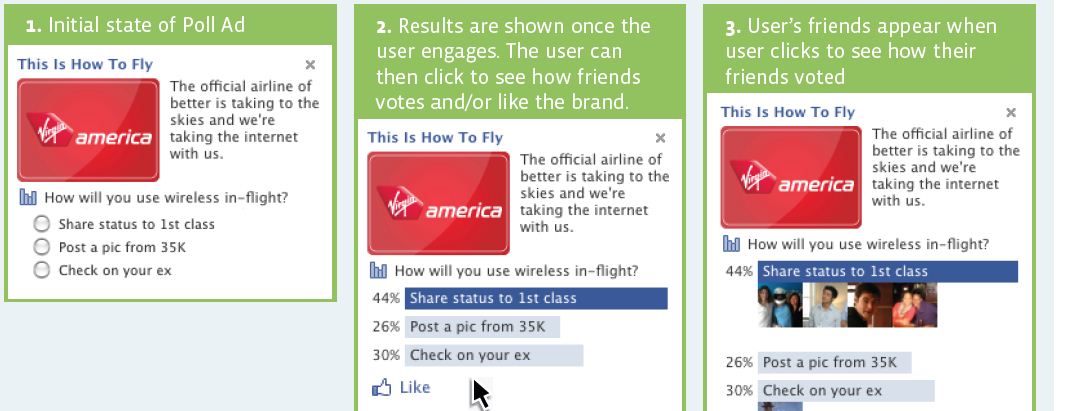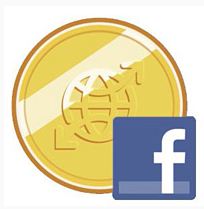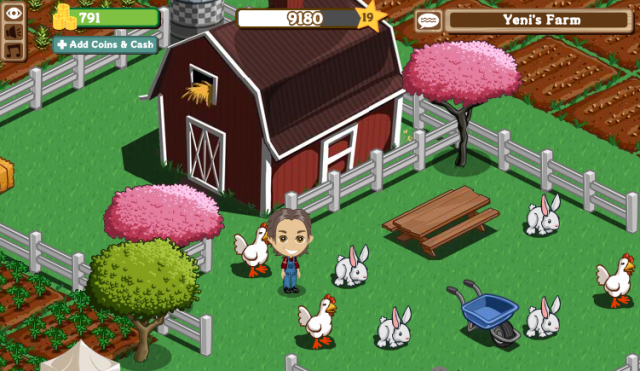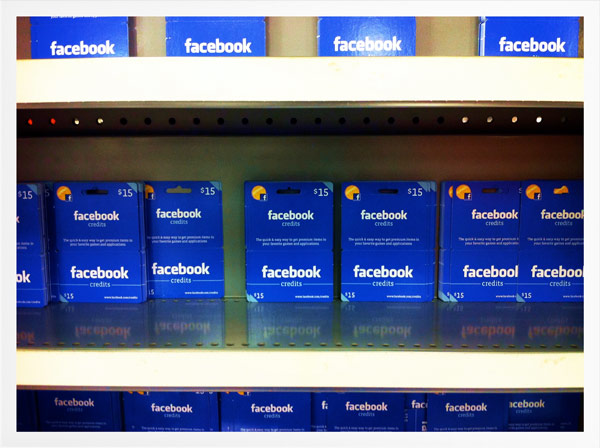Continuing on Marketing through 140 Characters, in this post, we will discuss about the three broad and distinctive areas where twitter marketing can be used. These are:
1. Sharing information
2. Gather market intelligence and insights; and
3. Build relationships with people who care about the brand
Sharing Information
Twitters simplistic approach to sharing thoughts and news with other people on the Internet has caught on to the point where every respectable company has an official account and government agencies are using it to connect with constituents.
Tremendous growth has taken place in the creative ways businesses and organizations are leveraging Twitter in order to share company information. Brand patrons want information, and they want it now. Twitter is about the “now” and has earned its name as a leader in breaking news and bringing users closer to the newsmakers, which is what every brand attempts to be on Twitter.
If your brand has important information to share, Twitter should be the first place for you to share it on. This not only helps spread the news but also builds the brands image. And you can delight your consumers by sharing information about projects still being planned.
This is a typical buzz marketing technique that can make waves when the project is finally launched. But most importantly, sharing information is the best way of building Customer Relationship. An aggrieved consumer can easily be pacified if s/he can talk to the brand directly and have her/his problem addressed, thus, preventing a major PR disaster.
Market Research
Twitter has some useful features which make it especially helpful for conducting market research on almost any topic under the sun. This is because Twitter pages are viewable to anyone, even those without accounts, and the site has a search function which pulls in all recent posts dealing with a given topic or phrase. There have been instances, where events have been rescheduled, have undergone format changes and even cancelled based on feedbacks received via twitter. And to good effect as well. Similarly, researching for new products and response to new product launches has led to significant changes to improve the product or provide better services.
Here is a simple flow chart on how to do a market research on Twitter:
1 Log into your account.
2 Look over the "trending topics". Trending topics are those which have recently seen a big increase in posts. This can be a useful list to get an idea of what is currently getting a lot of buzz.
3 Use the "search" field to enter words or phrases to discover who is talking about them, and what they are saying. For instance, you might want to find out what people think of a newly released film. Just search for the name of the film and there will likely be several new posts of reactions of people that just got back from the movie.
4 Take note of how far apart the Twitter posts are for any topic. A good indicator of the relative popularity of a certain word, phrase, or topic is how often people post about them. If the first page of search results comes up with posts made over the past day or two, chances are the topic is not that popular. If the first page is filled up with posts from the past minute, it is a red hot topic.
You don’t even have to join Twitter to use the search function. If you just want to view trending topics and conduct searches, you can use the twitter search page. (http://search.twitter.com/)
Building Relationship
Relationship Marketing is a very important aspect of brand marketing and twitter can help a brand to successfully engage in it. According to Evert Gummesson, Relationship marketing is marketing based on interaction within networks of relationships.
According to individual researches, Twitter seems to be the ideal medium to build trust, win new customers as well as retain existing ones, thus helping in Relationship Marketing. It also showed that people who have been interacted with on Twitter are more likely to be a first time purchaser, a loyal consumer and a brand champion.
(source: http://www.socialglitz.com/twitter-as-a-tool-for-relationship-marketing/)
Most of the participants of the research agree on the fact that Twitter is an excellent tool to build trust which not only helps in building new relationships but also to strengthen existing ones.
(source: http://www.socialglitz.com/twitter-as-a-tool-for-relationship-marketing/)
The Conclusion
Word on Twitter spreads fast. Conversations happen in real time on Twitter, therefore giving it the sense of immediacy and intimacy. It is this one on one conversation and intimacy of Twitter which is of great value to any brand and a very convenient yet powerful marketing tool.

